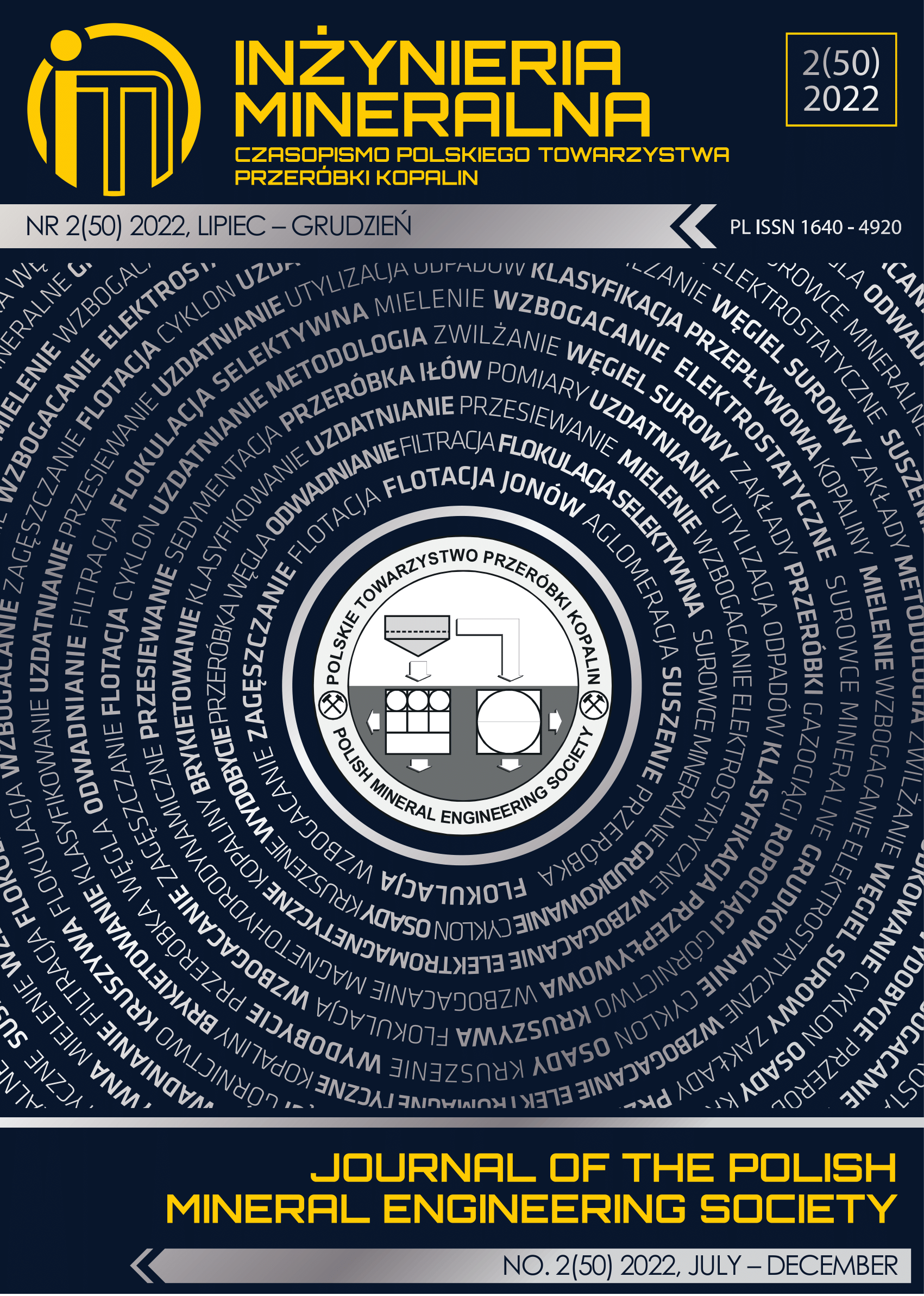Fuels from Waste in the Circular Economy as an Element of Multi-Sector Synergy
Abstract
The paper presents the current status of managing the combustible part of the waste (code 191210) as components for the production of alternative fuels. In 2017, about 2.3 million tons of fuels from waste were produced, while only about 1.3 million tons were recycled for energy, of which 97% in the cement industry. Oversupply on the alternative fuels market forces their producers to be more flexible in adapting their products to the growing requirements of customers. The article presents the results of tests of components for the production of alternative fuel used in the cement industry. An alternative fuel, not subjected to the comminution process, was used for the tests, which made it possible to segregate and name its individual fractions. A series of analyses were performed for the selected samples to determine their physicochemical parameters. The last element of the research was to create, based on the analyses and using the available components, fuel mixtures that meet the requirements for fuels of this type so that they meet the imposed standards, and at the same time are attractive for customers from the cement industry. The analysis of the obtained results made it possible to create optimum fuel mixtures with parameters that meet the requirements for this type of fuel. The mixtures obtained are a compromise between high-calorific products with a low chlorine content, the mass fraction of which was limited to such an extent that they could be used as a whole, and ingredients with an increased chlorine content, even a small amount of which exceeded the assumed content of this element.
This journal permits and encourages authors to post items submitted to the journal on personal websites or institutional repositories both prior to and after publication, while providing bibliographic details that credit, if applicable, its publication in this journal.







.png)
